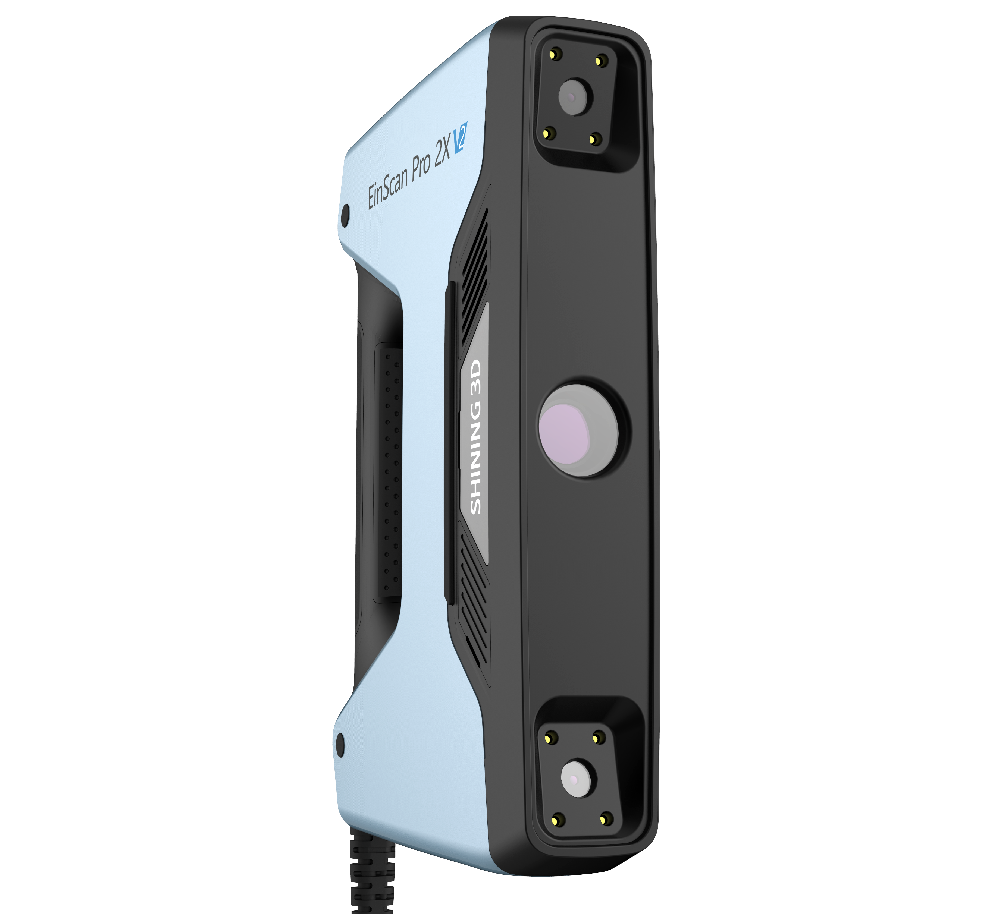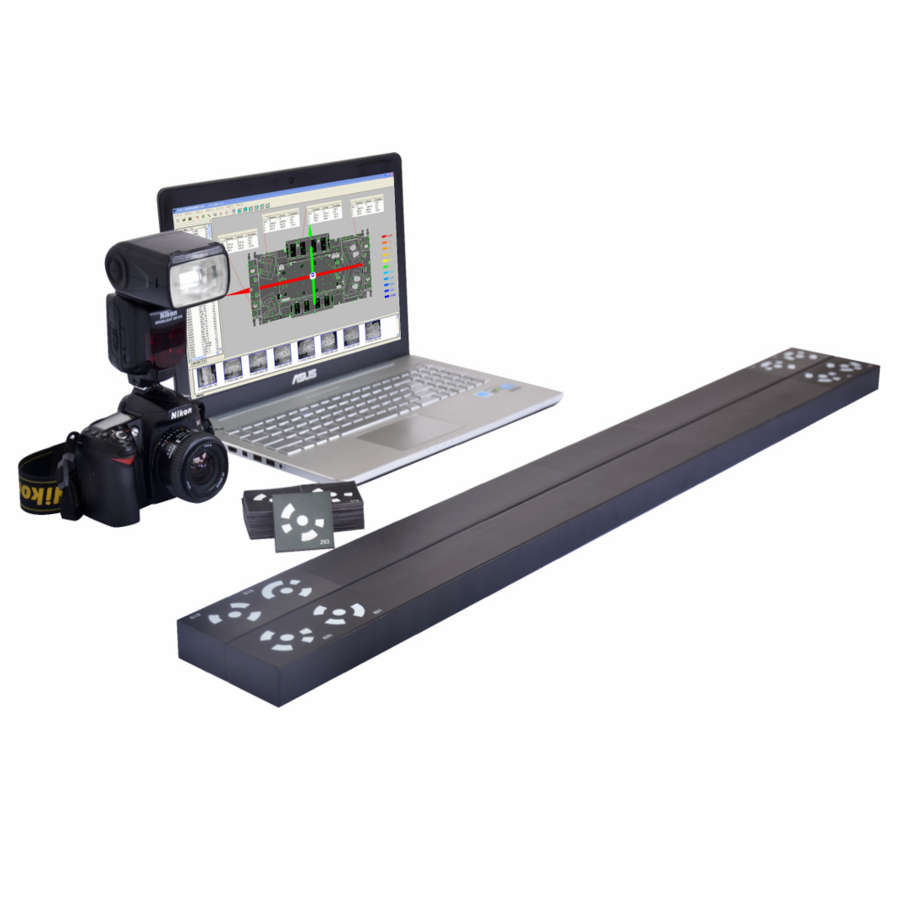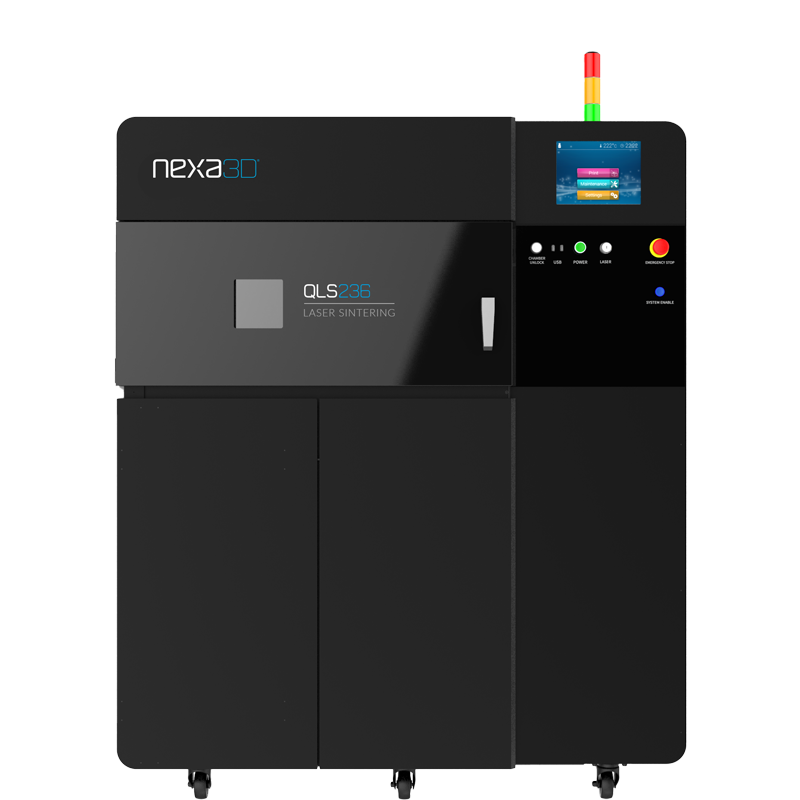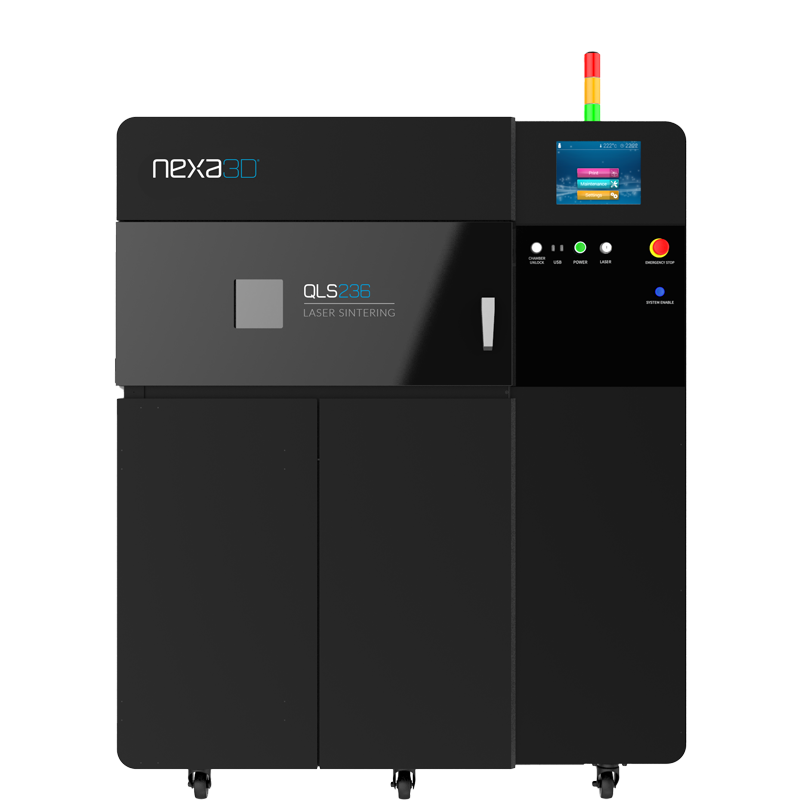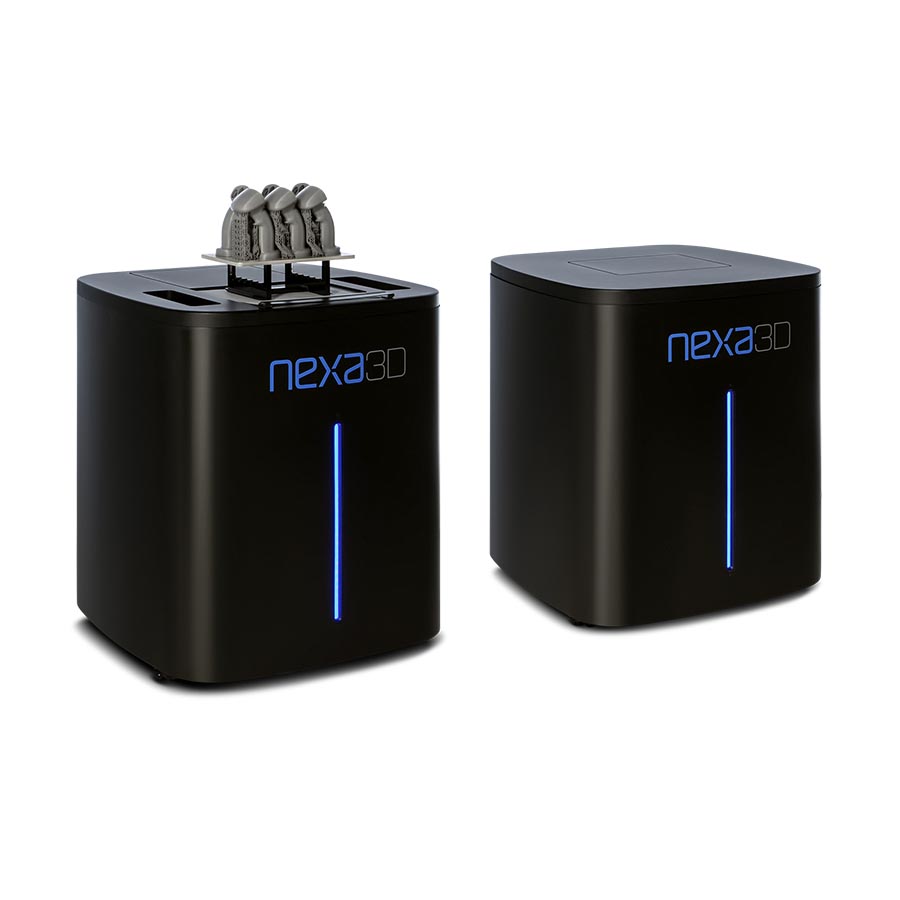
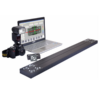
The DigiMetric photogrammetric system is a new type of 3D measurement equipment and known as a new generation of optical digital coordinate measuring machine, which is widely used in large and heavy equipment manufacturing industries such as automotive, aerospace, power generation equipment and engineering machinery, and has marked a new era in the field of large-size workpiece rapid 3D measurement technology.
- Country of manufacture – China
- System Components – DigiMetric System Measurement, Software Professional, Digital Camera, High Precision Measuring Scale, Code Point, Mark Point
- Measurement Accuracy – ≤ 0.0039in / 157.48in (≤ 0.1 mm / 4m); ≤ 0.000297in / ft (≤ 0.025 mm/m)
DigiMetric Photogrammetric System
The DigiMetric photogrammetric system is a new generation of optical digital coordinate measuring machine.
Details
| Brand | |
|---|---|
| Country of origin | China |
| Scan Method | Digital Photogrammetry |
| Accuracy | ≤ 0.0039in / 157.48in (≤ 0.1 mm / 4m); ≤ 0.000297in / ft (≤ 0.025 mm/m) |
Description
The DigiMetric photogrammetric system is a new type of 3D measurement equipment and known as a new generation of optical digital coordinate measuring machine, which is widely used in large and heavy equipment manufacturing industries such as automotive, aerospace, power generation equipment and engineering machinery, and has marked a new era in the field of large-size workpiece rapid 3D measurement technology.

3D inspection & Printing

design

education

digital archiving

culture & art

vr & ar
DigiMetric Photogrammetric System Features & Applications
FAST
Fast picture shooting and data processing
NON-CONTACT MEASUREMENT
Photographic measurement, and no contact with the workpiece
PORTABLE
The photogrammetric system can be carried by 1 person to the field or other places for measurement

EASY OPERATION
No cumbersome location adjustment and precision correction and other operations of the equipment, easy to use, and no special requirements for the operator
WIDE ADAPTABILITY
It is free from the environment and measuring range limits, and the measurement can be made in the workshop or on construction site

cASE STUDY: 3D Scanning and Reverse Engineering for Ship Maintenance
The integration of 3D scanning for ship maintenance has become increasingly pivotal in the maritime industry, because ship maintenance plays a crucial role in ensuring the safety, transportation efficiency, and longevity of ships. Traditional methods of assessing and repairing ships often involve manual measurements, drawings, and physical prototypes. However, with the advancement of technology, there has been a significant shift towards more precise, efficient, and cost-effective maintenance practices. This case study discusses how the FreeScan UE Pro 3D scanner with DigiMetric Photogrammetric System assisted in repairing rotary gears on a tugboat’s steering column. The client for this post operates in offshore operations, including providing tugboat services, escorting tankers, and delivering pilotage services.

Challenge: Large and Heavy Gears
The rotary gear on the steering column replaces the ship’s steering wheel, which rotates 360° and allows you to maneuver in cramped conditions. When the rotary gear malfunctions, it not only impacts the ship’s maneuverability but also poses risks during docking operations and long-distance icebreaker towing.

Gears are typically large to handle greater torque and force, ensuring adequate maneuverability and stability during ship operation. At the same time, rotary gears often have complex geometries such as gear profiles, internal bores and threads.
Manual measurements and physical prototypes find capturing these components challenging due to their complex geometries and precise specifications. Moreover, the sheer size and weight of these gears make it difficult to handle and manipulate them accurately during the repair process. These limitations highlight the necessity of adopting advanced technologies like 3D scanning for a more efficient and accurate approach.
Solution: FreeScan UE Pro & DIGIMETRIC PHOTOGRAMMETRic SYSTEM
Using Markers and Sprays
First, our client removed the bearings from the shafts, degreased them, put the markers, and applied a matting spray. Markers help the scanner in understanding the part’s spatial orientation, while the spray eliminates laser beam distortion.
3D Scanning and Reverse Engineering for Ship Maintenance
Utilizing laser scanning modes, including 26 cross lines for global scans and single line mode for deep holes, ensured comprehensive data capture. Additionally, fine scan mode (7 parallel lines) was used for critical areas like gear tooth profiles and threaded holes, boosting point distance to 0.1 mm for precise data capturing. Upon completing the scans, the team embarked on reverse engineering the captured models.

RESULTS
The final CAD models derived from these scans proved invaluable for both the repair and replication of the damaged components. The company can now create necessary maintenance parts ahead of time for timely replacement, thus reducing downtime and costs linked to sourcing and manufacturing replacement parts.

CONCLUSION
In conclusion, the adoption of the SHINING 3D FreeScan UE Pro scanner with DigiMetric Photogrammetric System marks a transformative step in ship maintenance. It offers a high-precision solution to the complex challenge of repairing tugboat steering gears. Further embracing such technologies ensures continuous improvement in ship maintenance processes, enhancing the sustainability and reliability of maritime operations.
Related products
-
COMPARE
Nexa3D QLS236 3D Printer
$99,900QLS 236 is an open platform selective laser sintering (SLS) 3D printer with an unrivaled 21 hour cycNexa3D QLS236 3D Printer
QLS 236 is an open platform selective laser sintering (SLS) 3D printer with an unrivaled 21 hour cycle speed. It uses a single 60 Watt CO2 laser to produce prototypes and production parts with robust mechanical and thermal properties. In addition to a broad range of high-temp thermoplastic materials, it excels with recycled powders from HP® and EOS.
$99,900 Add to cart -
COMPARE
ATO Noble Atomizer
ATO Noble is an ultrasonic metal powder atomizer specially modified to work with precious metals.ATO Noble Atomizer
ATO Noble is an ultrasonic metal powder atomizer specially modified to work with precious metals.

